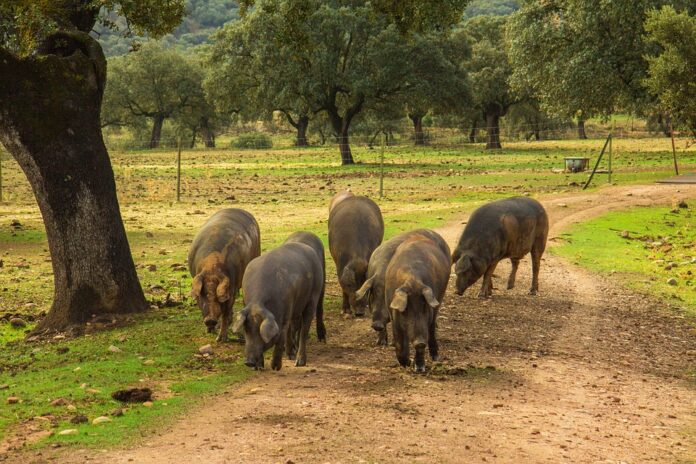Iberico Ham Production Trade and Consumption: A 360° Industry Report
Introduction
Iberico ham, also known as Jamón Iberico, is a premium Spanish ham made from the meat of Iberian pigs. This delicacy is highly prized for its rich flavor, unique texture, and exquisite marbling. The production, trade, and consumption of Iberico ham form a significant industry in Spain and beyond. In this report, we will delve into the world of Iberico ham, exploring its production processes, trade dynamics, consumption patterns, and industry insights.
Production of Iberico Ham
The production of Iberico ham is a meticulous and time-consuming process that starts with the rearing of Iberian pigs in specific regions of Spain. These pigs are allowed to roam freely in oak forests, feeding on a diet of acorns, herbs, and grasses. This unique feeding regimen contributes to the distinctive flavor and quality of Iberico ham.
After a period of fattening on the acorn diet, the pigs are slaughtered, and their hind legs are salted and cured for an extended period. The curing process can last anywhere from 12 to 36 months, depending on the desired quality of the final product. During this time, the hams are hung in cellars or drying rooms, where they undergo a gradual transformation, developing their characteristic flavor and aroma.
The production of Iberico ham is regulated by strict quality standards, with designations such as “Jamón Ibérico de Bellota” reserved for hams made from pigs that have been fattened exclusively on acorns. These quality designations play a crucial role in the pricing and marketing of Iberico ham products.
Trade Dynamics
The trade of Iberico ham is a thriving industry that caters to both domestic and international markets. Spain is the largest producer and exporter of Iberico ham, with key markets including the European Union, the United States, and Asia. The demand for Iberico ham has been steadily growing in recent years, driven by its reputation as a gourmet delicacy and its unique taste profile.
In terms of trade volumes, Spain exported over 40,000 tons of cured ham in 2020, with Iberico ham accounting for a significant portion of this total. The export value of Spanish cured ham products reached over 1.2 billion euros in the same year, highlighting the economic significance of the industry.
The trade dynamics of Iberico ham are influenced by factors such as consumer preferences, import regulations, and competitive pricing. Spain’s reputation as a producer of high-quality cured ham products has helped it maintain a strong position in the global market, despite competition from other countries such as Italy and France.
Consumption Patterns
The consumption of Iberico ham is a cultural tradition in Spain, where it is often enjoyed as part of tapas or as a standalone delicacy. In recent years, Iberico ham has gained popularity in other countries, thanks to its unique flavor profile and gourmet appeal. Consumers in markets such as the United States and China are increasingly seeking out Iberico ham as a premium food product.
In Spain, the consumption of Iberico ham is deeply ingrained in the culinary culture, with different regions producing their own varieties of cured ham. Jamón Iberico is often served thinly sliced, allowing the rich marbling and complex flavors to shine through. The pairing of Iberico ham with other ingredients such as cheese, bread, and wine has become a culinary art form in itself.
Industry Insights
The Iberico ham industry is characterized by a strong focus on quality, tradition, and innovation. Producers are constantly seeking ways to improve the production process, enhance flavor profiles, and expand into new markets. The use of new technologies, such as traceability systems and controlled atmosphere storage, has helped improve the quality and consistency of Iberico ham products.
Financially, the Iberico ham industry is a lucrative sector that generates significant revenue for producers, exporters, and retailers. The premium pricing of Iberico ham products reflects their high-quality ingredients, labor-intensive production methods, and limited availability. As consumer demand for gourmet food products continues to grow, the future looks bright for the Iberico ham industry.
In conclusion, the production, trade, and consumption of Iberico ham form a vibrant and lucrative industry with a rich history and promising future. With its unique flavor profile, cultural significance, and growing popularity, Iberico ham is poised to remain a sought-after gourmet delicacy for years to come.




